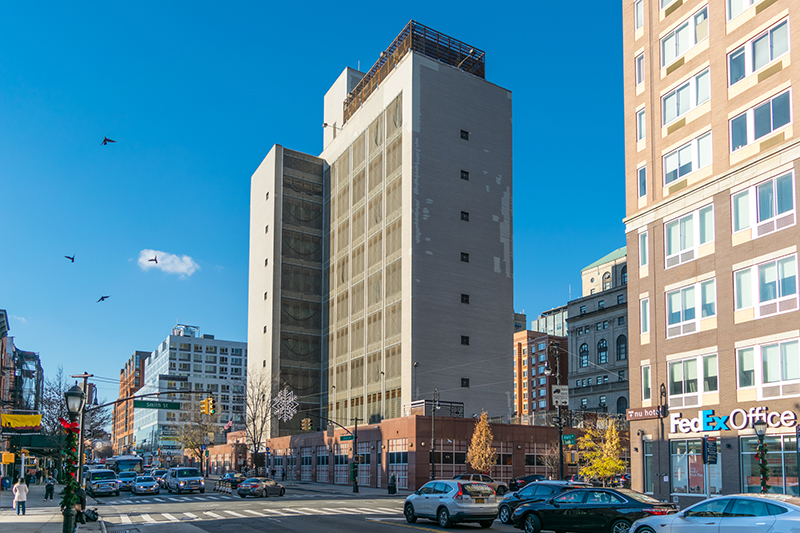Plan to enlarge & redesign Brooklyn House of Detention moves forward with Council deal
Jail Would Be Brighter, Safer & Could Include Street-Level Retail

The city plans to enlarge and redesign the 11-story Brooklyn Detention Center on Atlantic Avenue in Boerum Hill to handle additional inmates following a planned shutdown of Rikers Island. A City Council deal announced on Wednesday would speed construction. Eagle photo by Rob Abruzzese
Under pressure to speedily replace Rikers Island with four smaller, safer municipal jails — including the Brooklyn Detention Center — city councilmembers have reached a highly unusual agreement with Mayor Bill de Blasio for a joint public review process.
The process, known as ULURP (Uniform Land Use Review Procedure), usually reviews only one land use project at a time. It involves a series of public hearings at the community and borough level followed by binding decisions by the mayor and City Council.
The agreement announced Wednesday, however, would review four proposed sites across the city — in Brooklyn, Queens, Manhattan and the Bronx — in one fell swoop.
